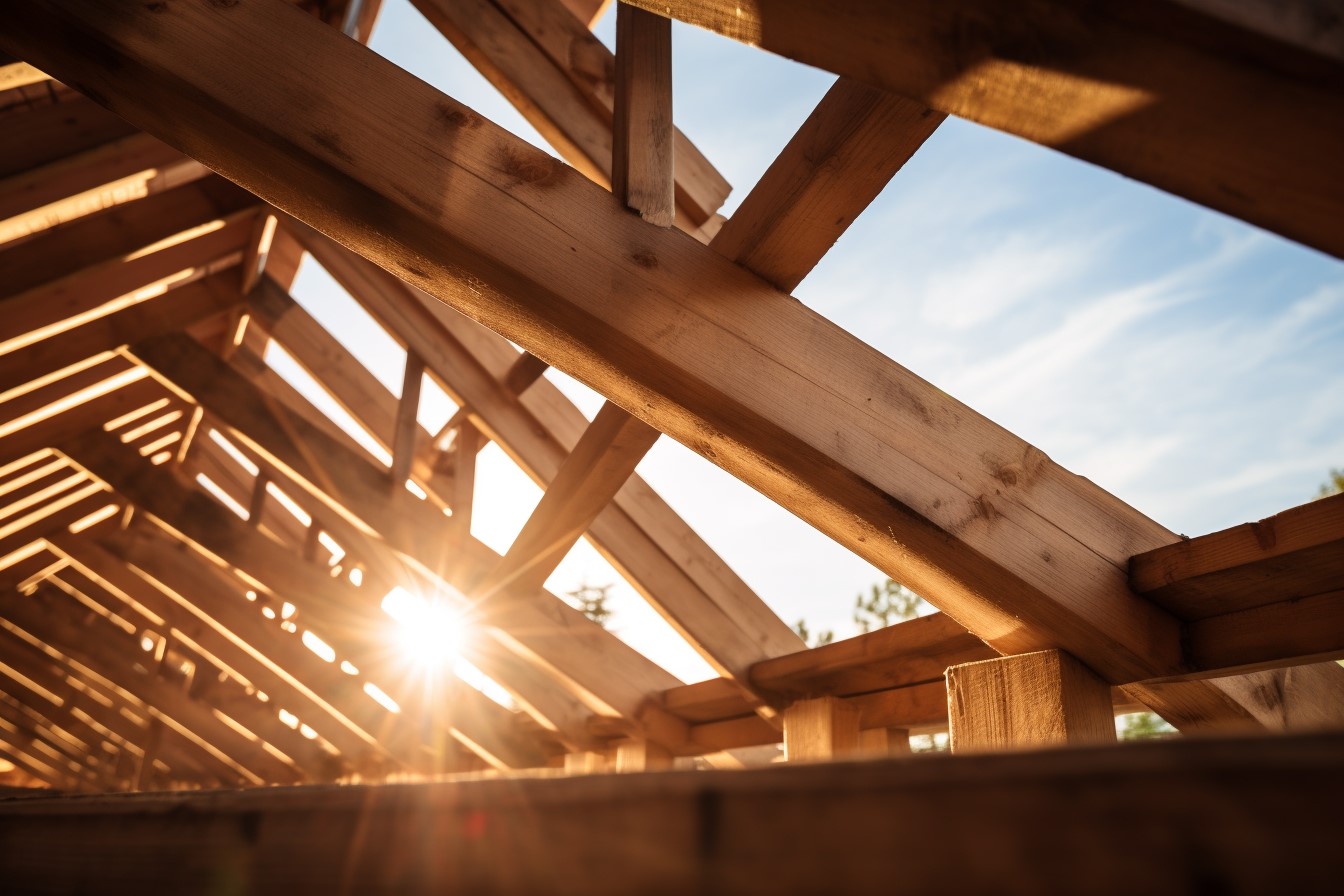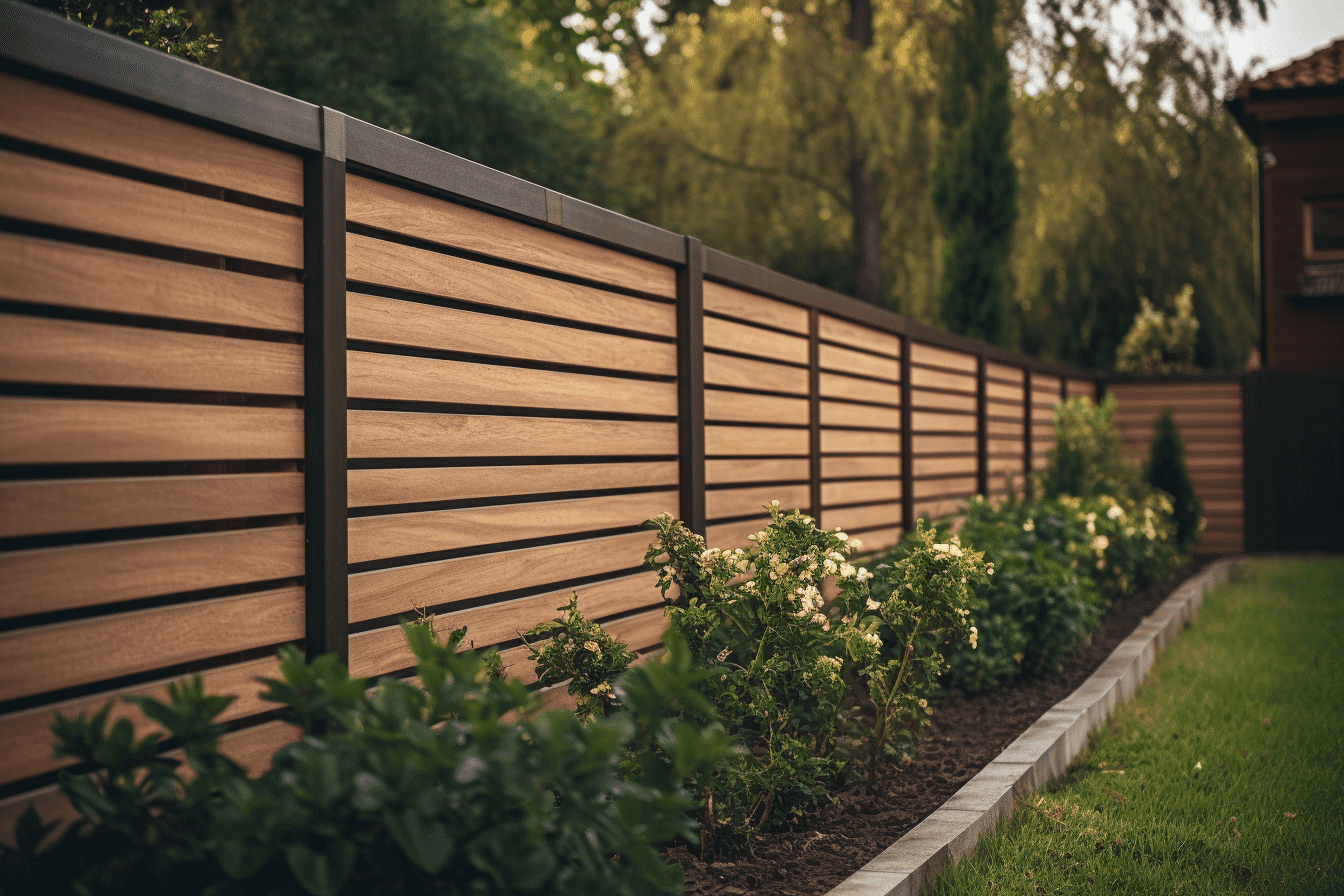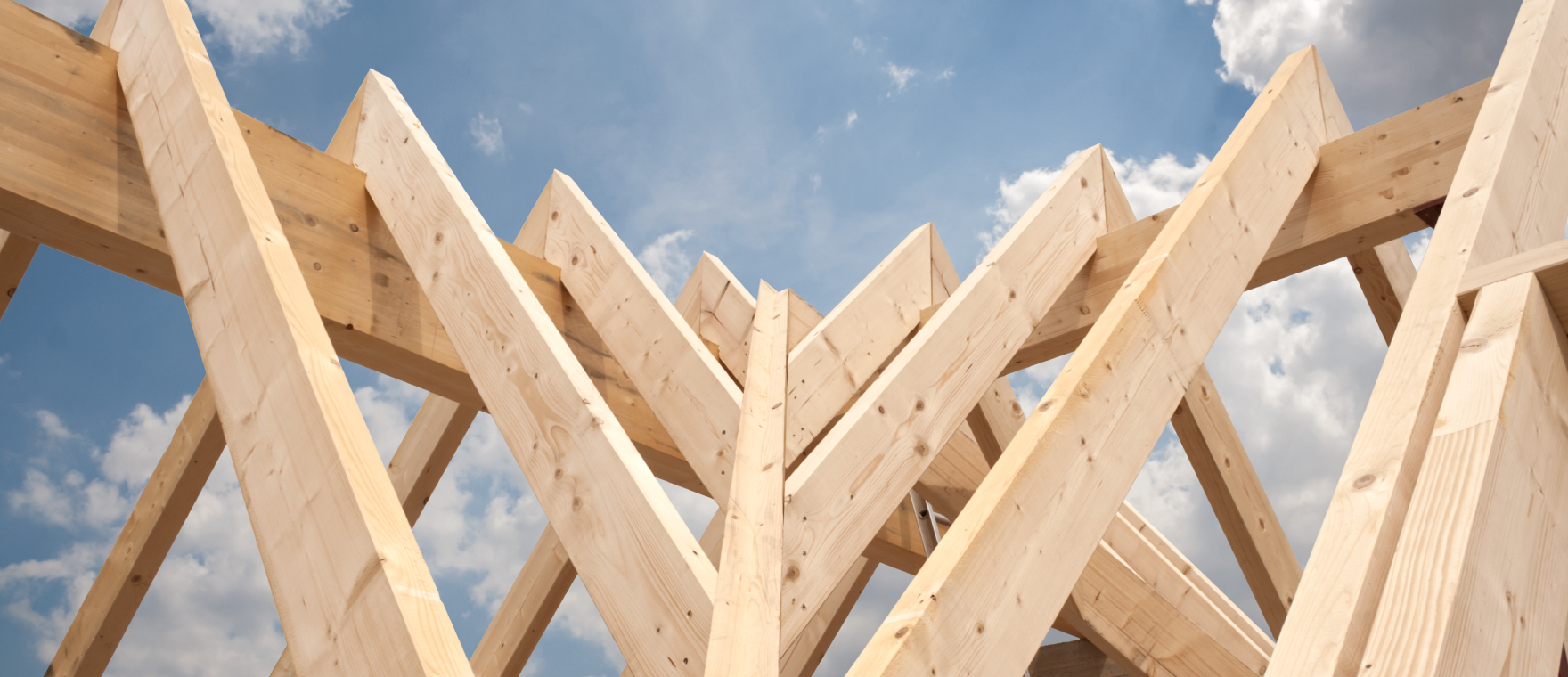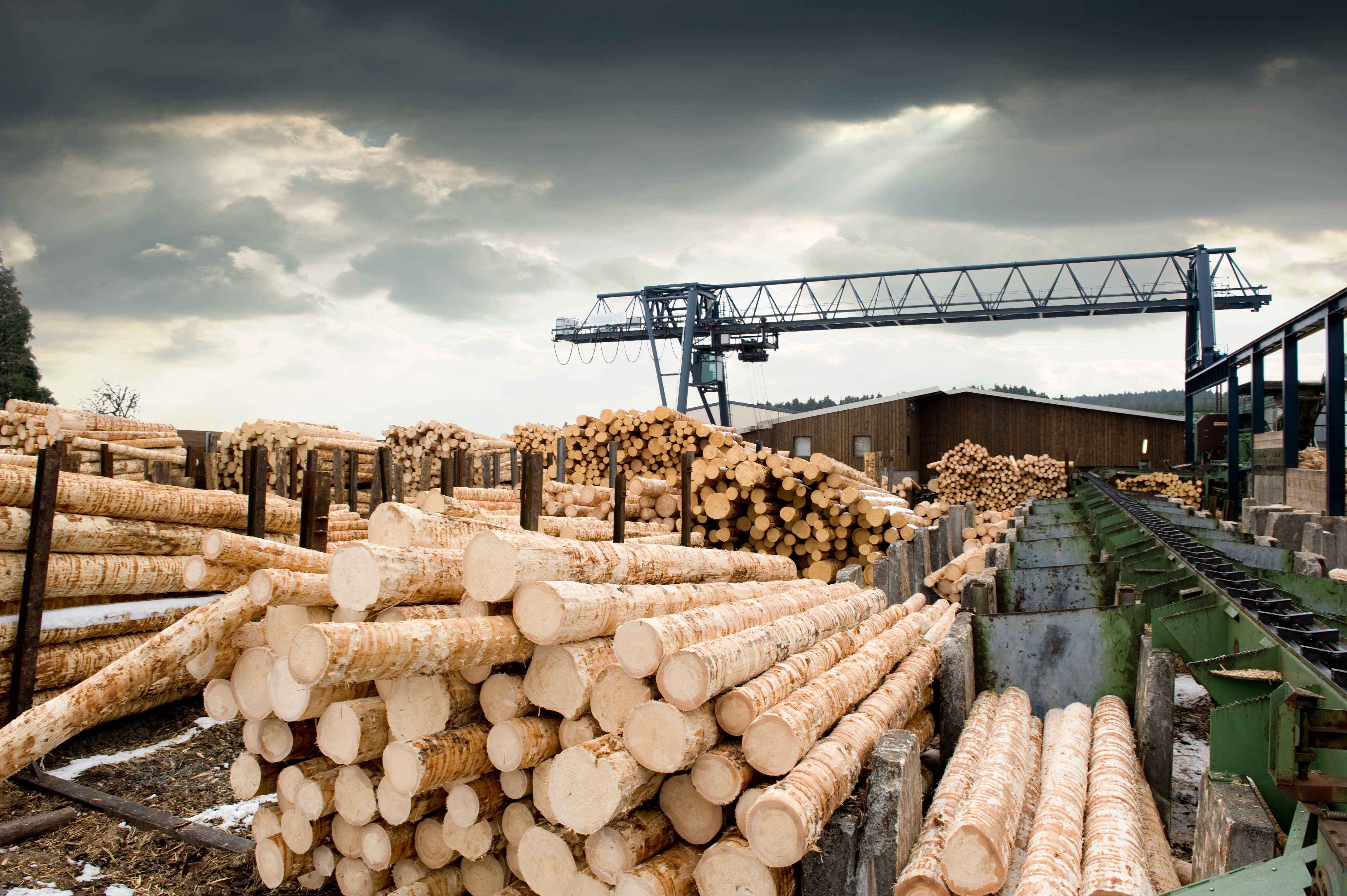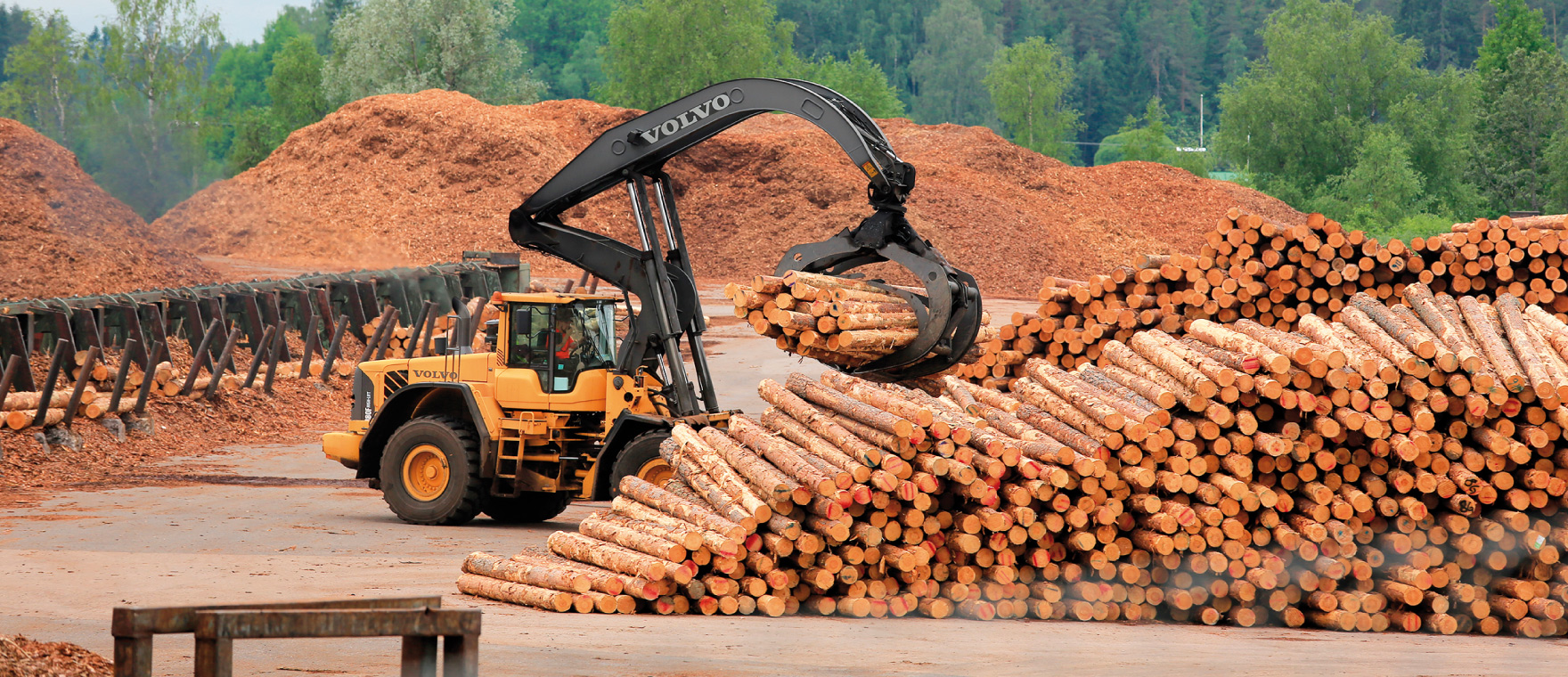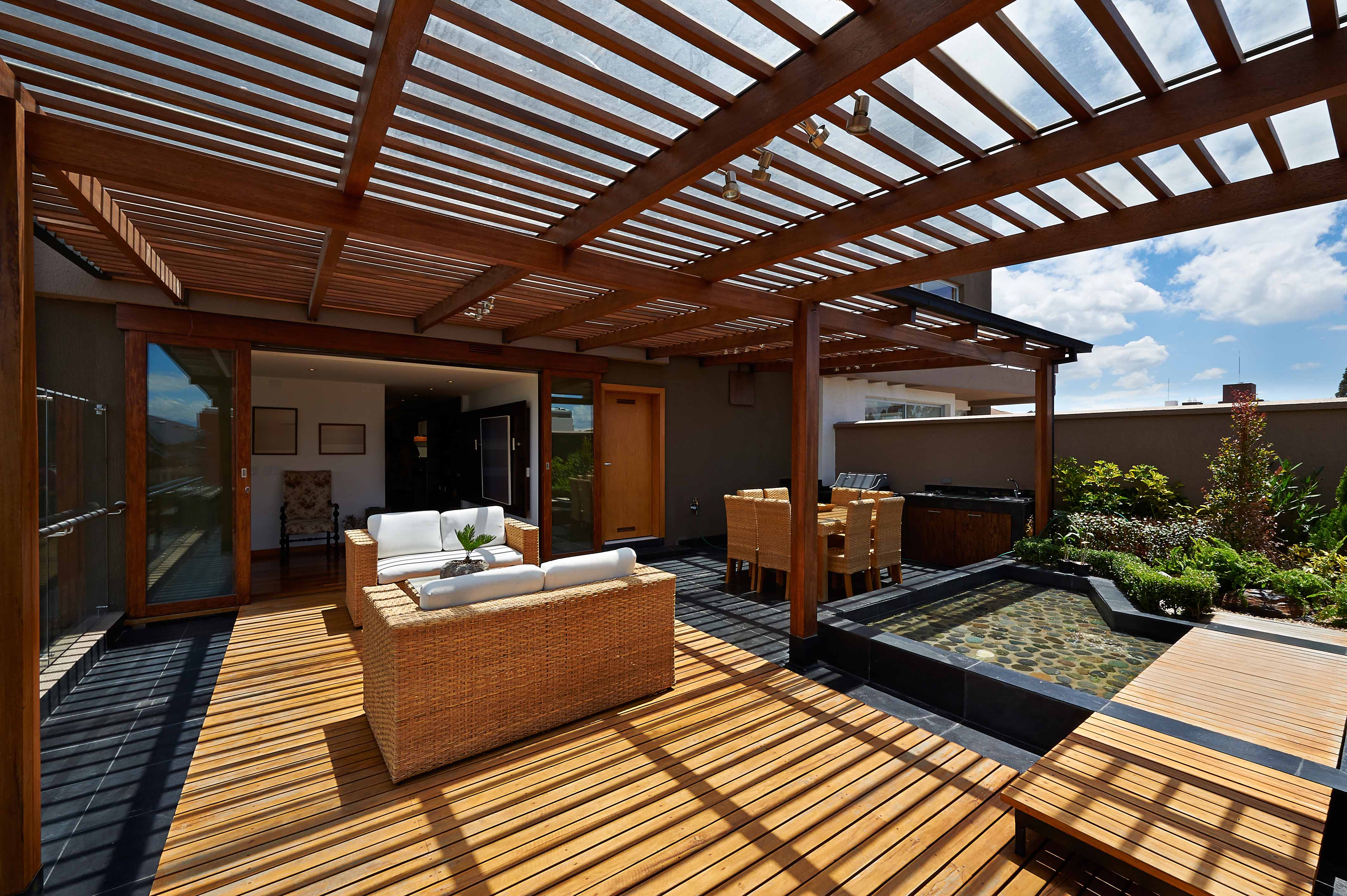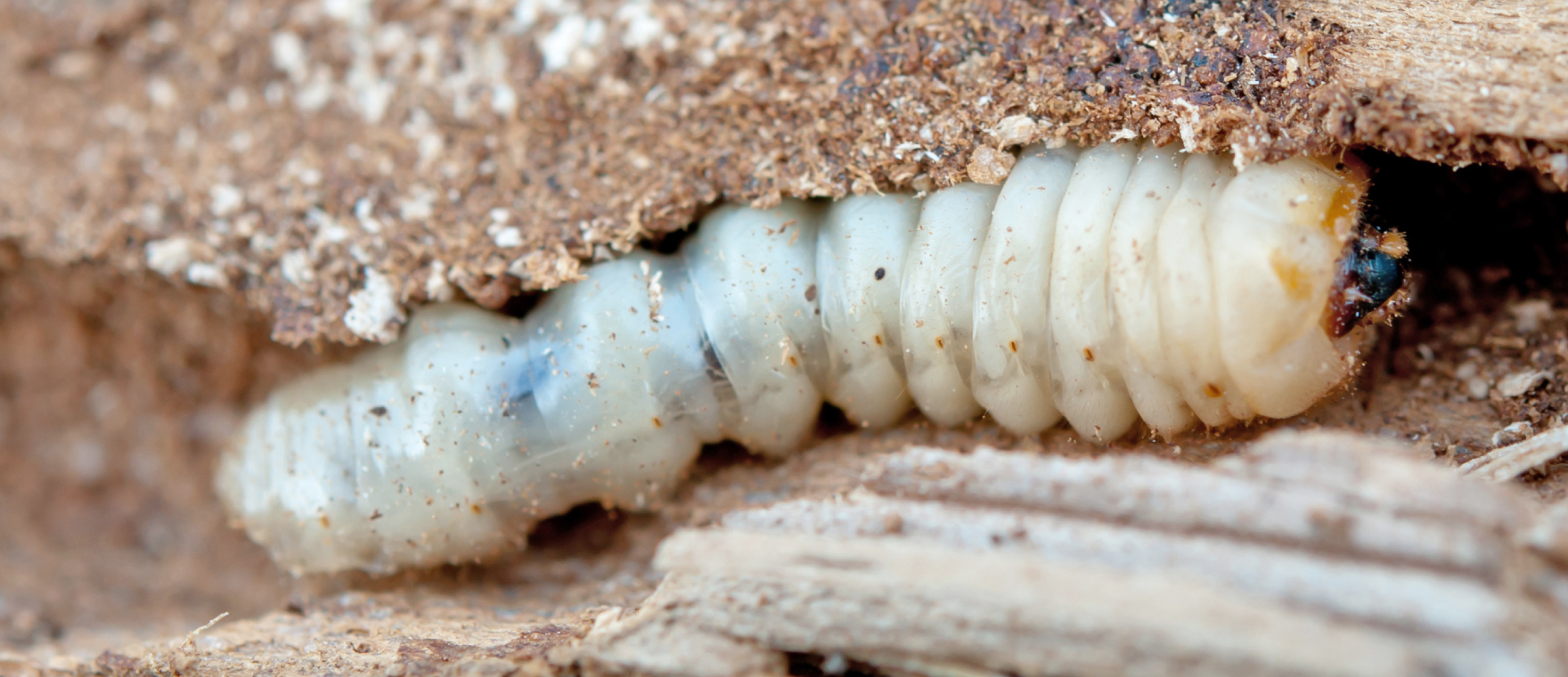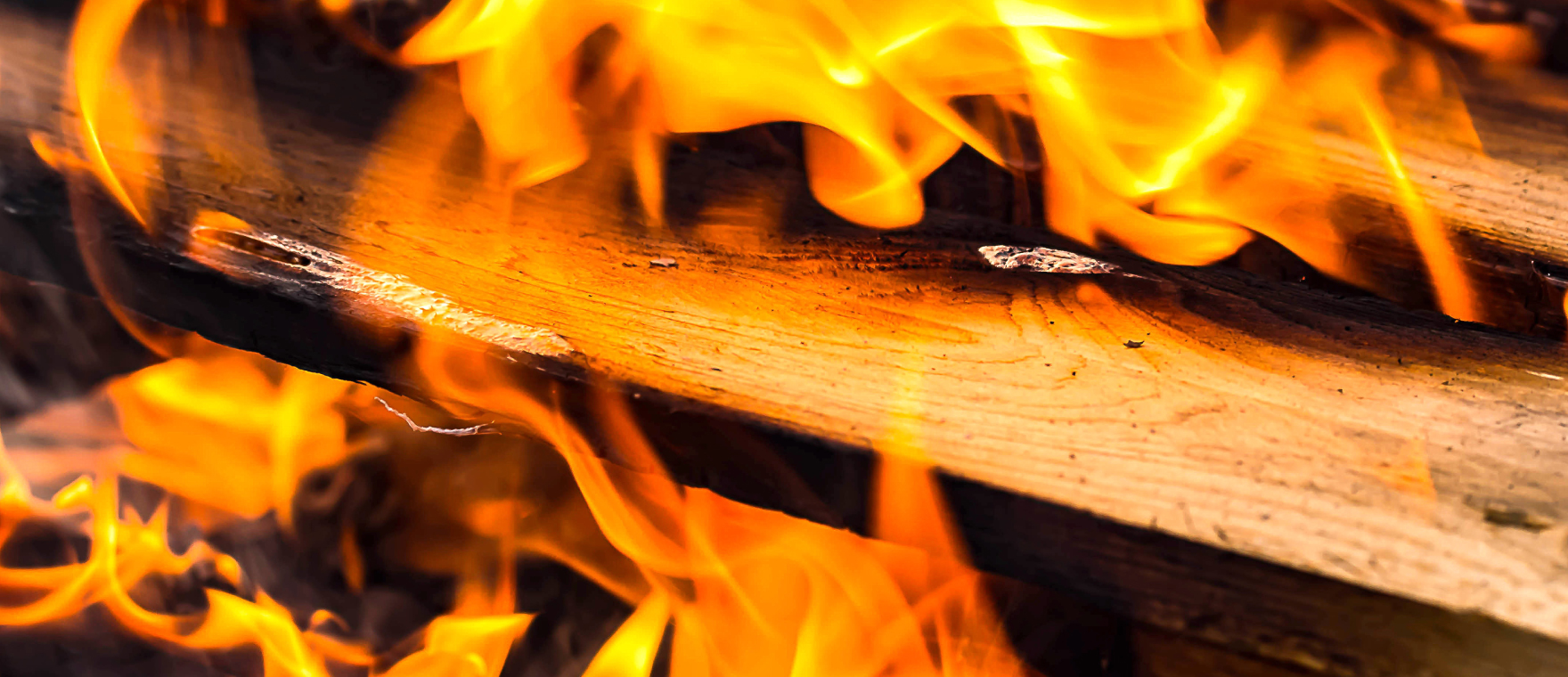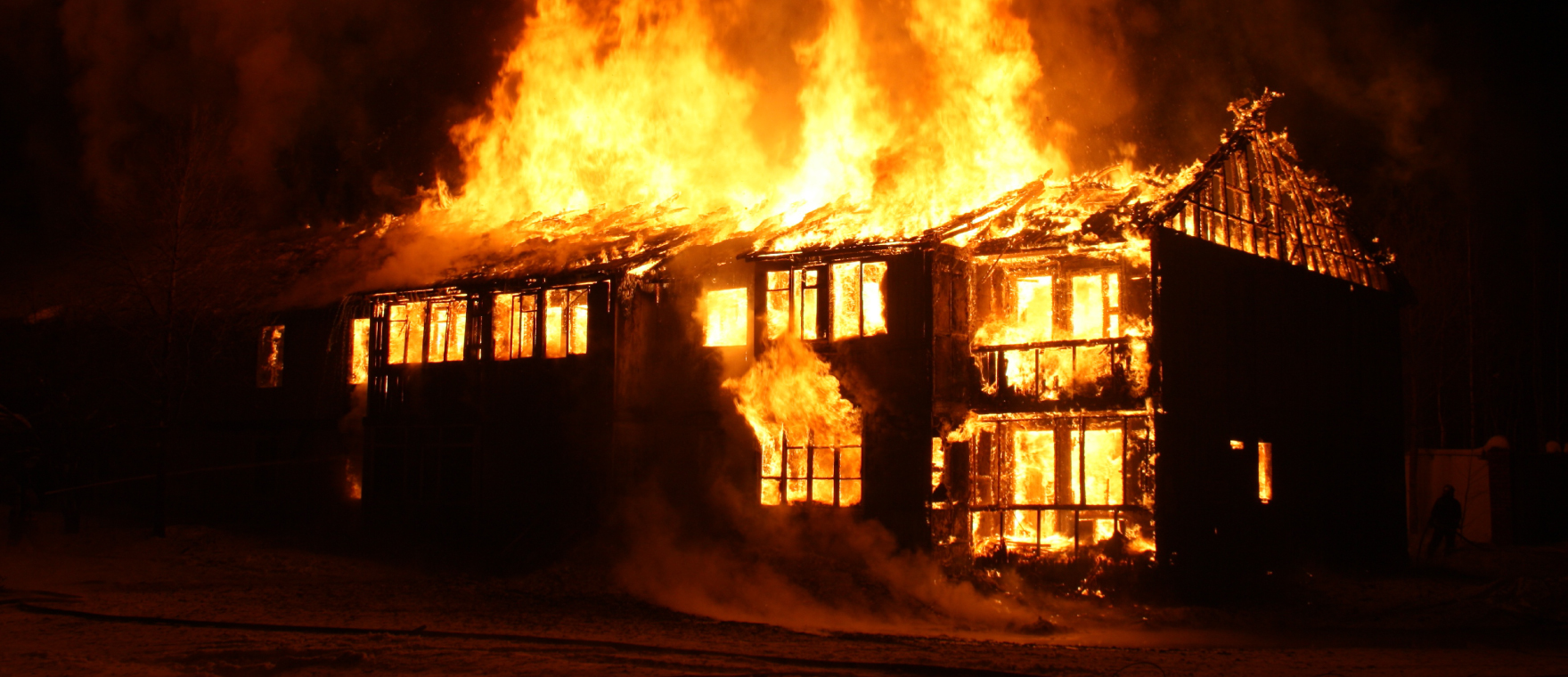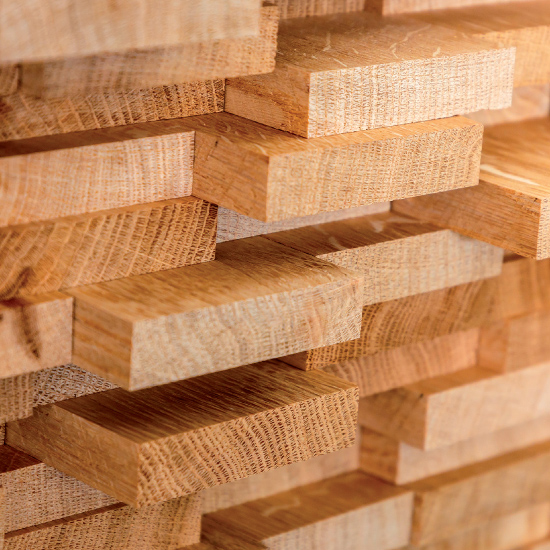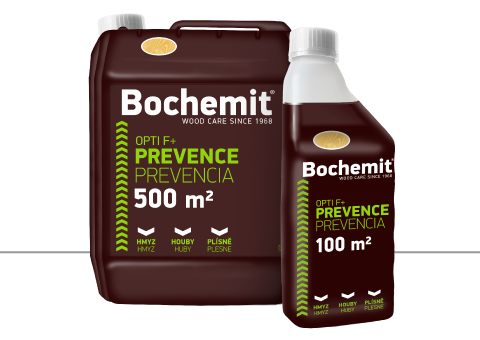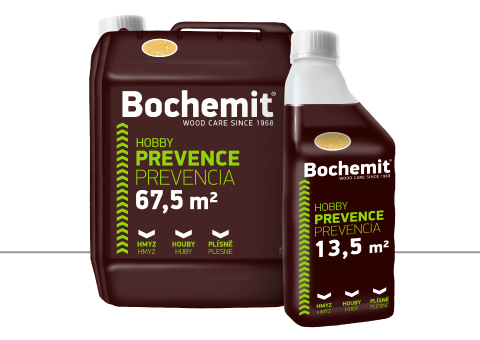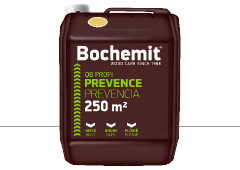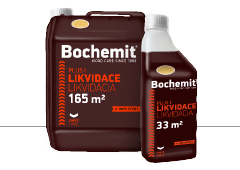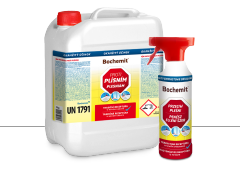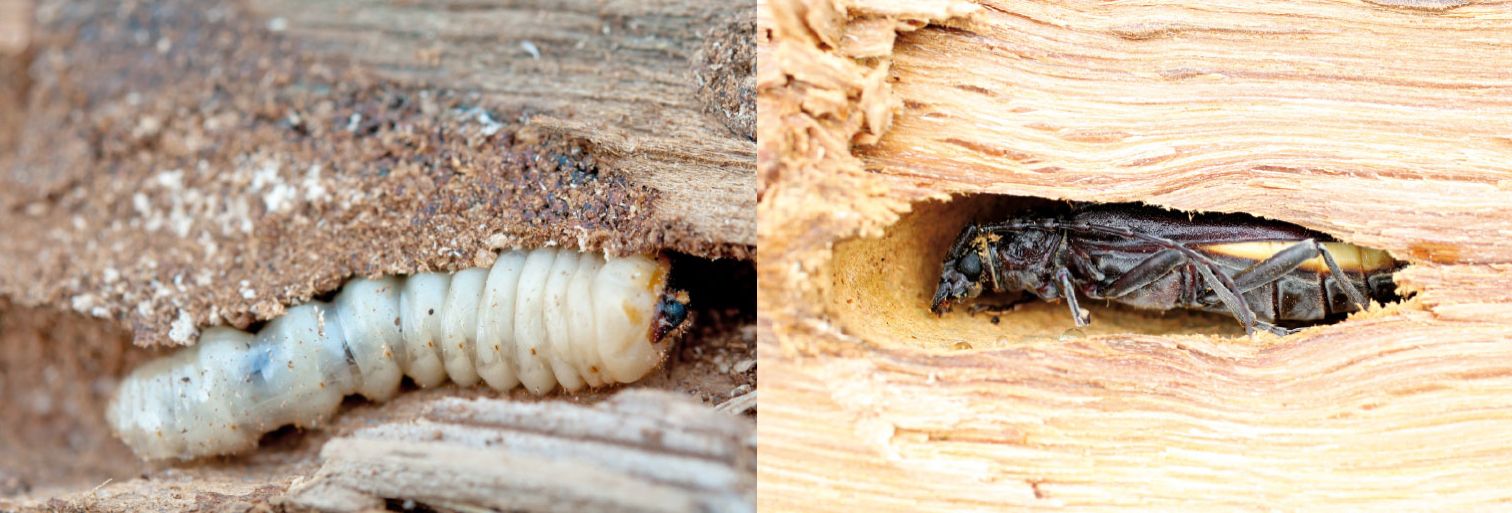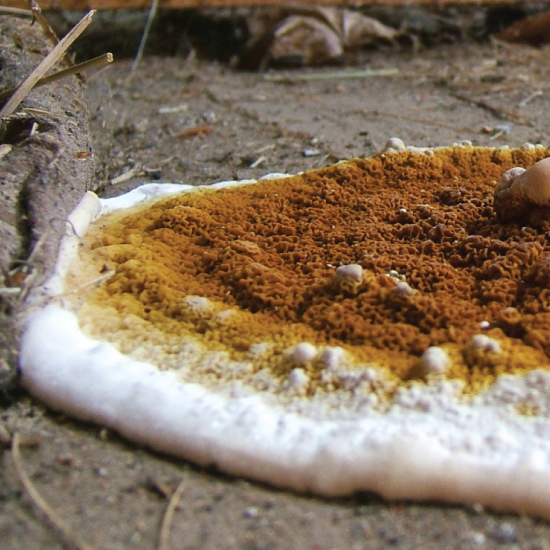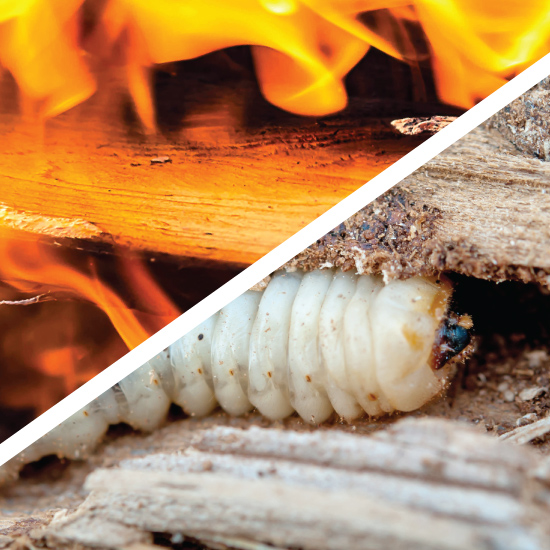Timber infested by woodworms, longhorn beetles, dry rot, polypores or other pests can be a nightmare for any builder or property owner.
- Carefully inspect timber structures and elements to get an idea of the extent of the damage. Watch for visible changes in the timber’s structure, such as changes in the wood’s colour, damp spots and powder piles behind exit holes. The wood may also be softer in certain places and fungi and moisture may also be perceived in the air.
- The same applies to repairing timber infested by wood-decaying fungi and insects as applies to preventive treatment - the wood should have a low humidity content (no greater than 20%). Furthermore, make sure that hard-to-reach areas are also treated when chemically treating built structures.
- Entirely remove all parts affected by wood-decaying fungi. Where insect infestation has set in, ascertain whether the infestation is historical or ongoing. If the insects are still active, fresh grubs or larvae are usually visibly, in which case the infested wood should be removed or fundamentally strengthened. If you decide to keep the infested element, the infesting pests must be eliminated entirely.
- Remove all debris and old coats of paint. As well as treating all timber that is to remain in the building, all timber to be added to the building must also be treated. Although repainting or respraying can certainly be effective, we recommend grouting the most affected areas for maximum impact.
- As a precaution, we also recommend treating all other structural elements and planning preservative measures for all other timber elements.
As far as repair products are concerned, your best bets are BOCHEMIT Plus I and BOCHEMIT anti-mould. Further preservation can be provided by BOCHEMIT Opti F+, BOCHEMIT QB Profi or BOCHEMIT Hobby.
If the damage requires extensive repair which you are clearly unable to handle yourself, get in touch with preservation experts or specialist companies.
As insect or fungal infestation most commonly occurs where there is a high moisture content, make sure that the building is adequately ventilated and get rid of any sources of moisture, such as roof damage or condensation. Pay particular attention to where timber fixtures come into contact with the masonry and insulate to prevent timber from absorbing water from the masonry.

